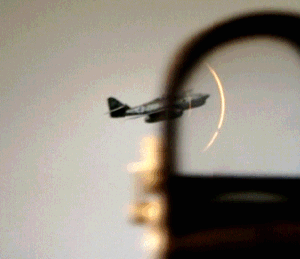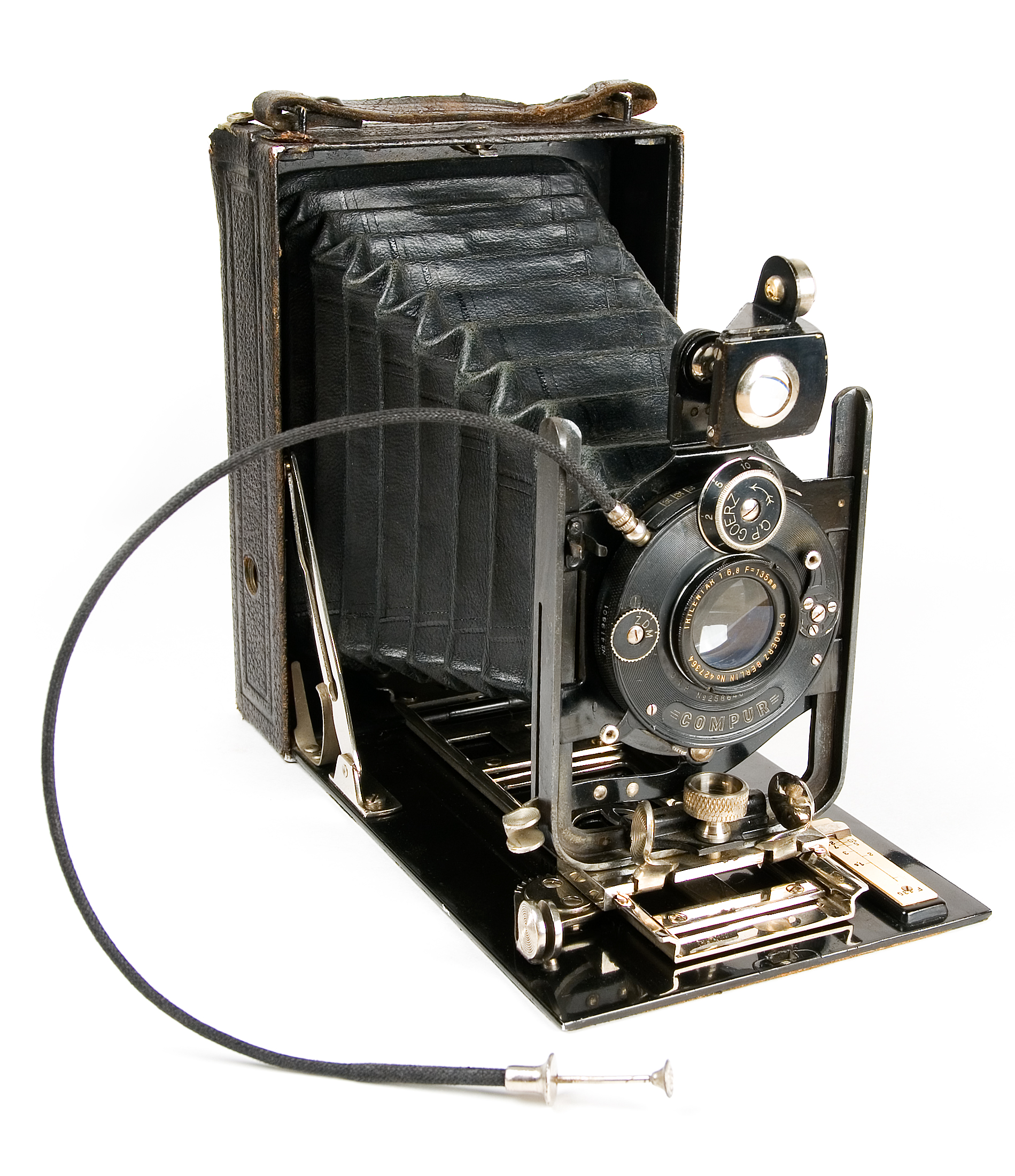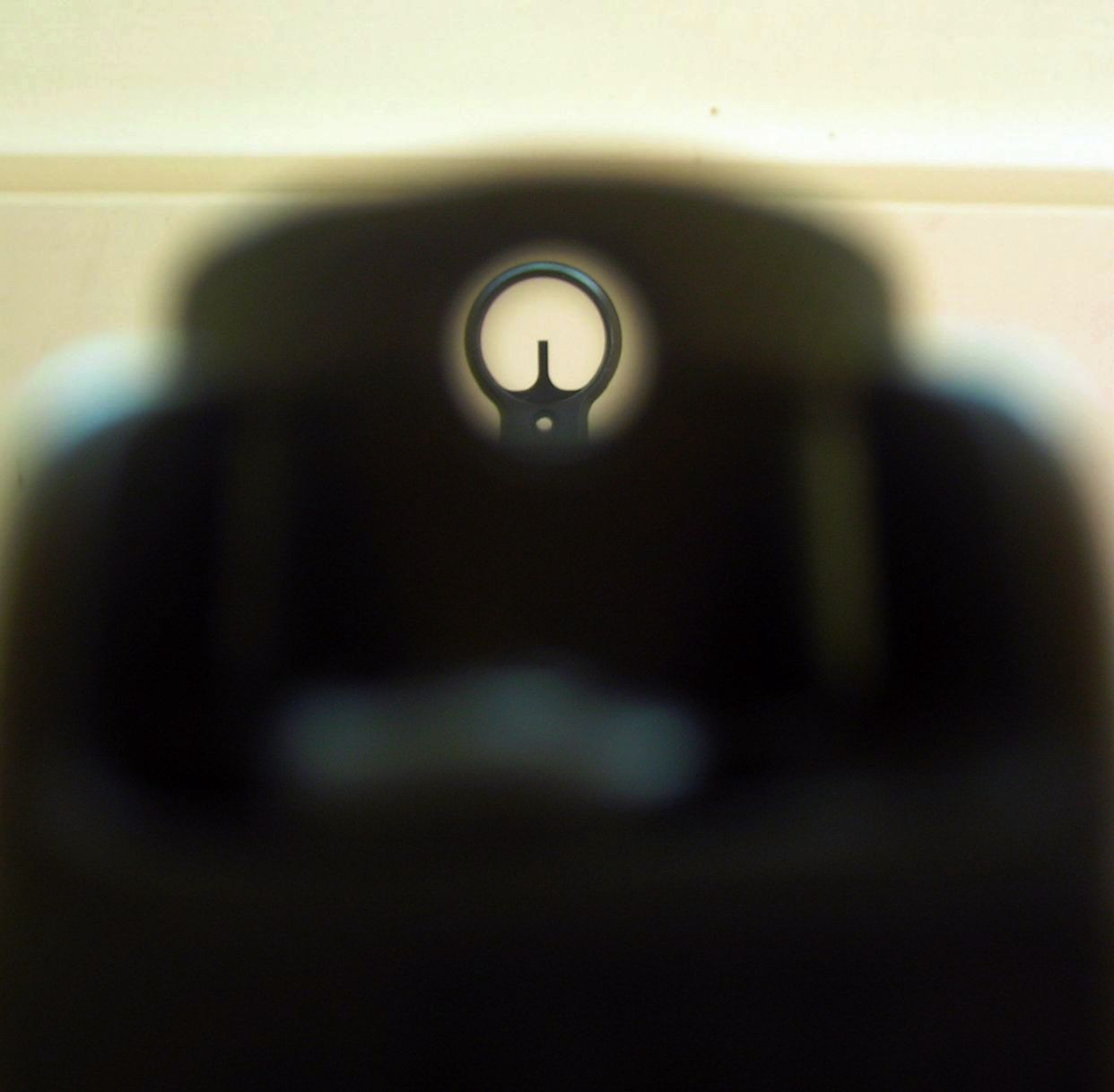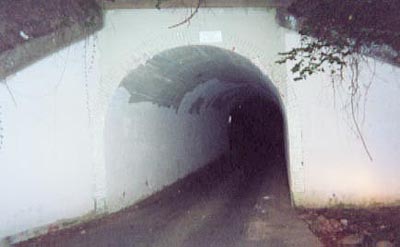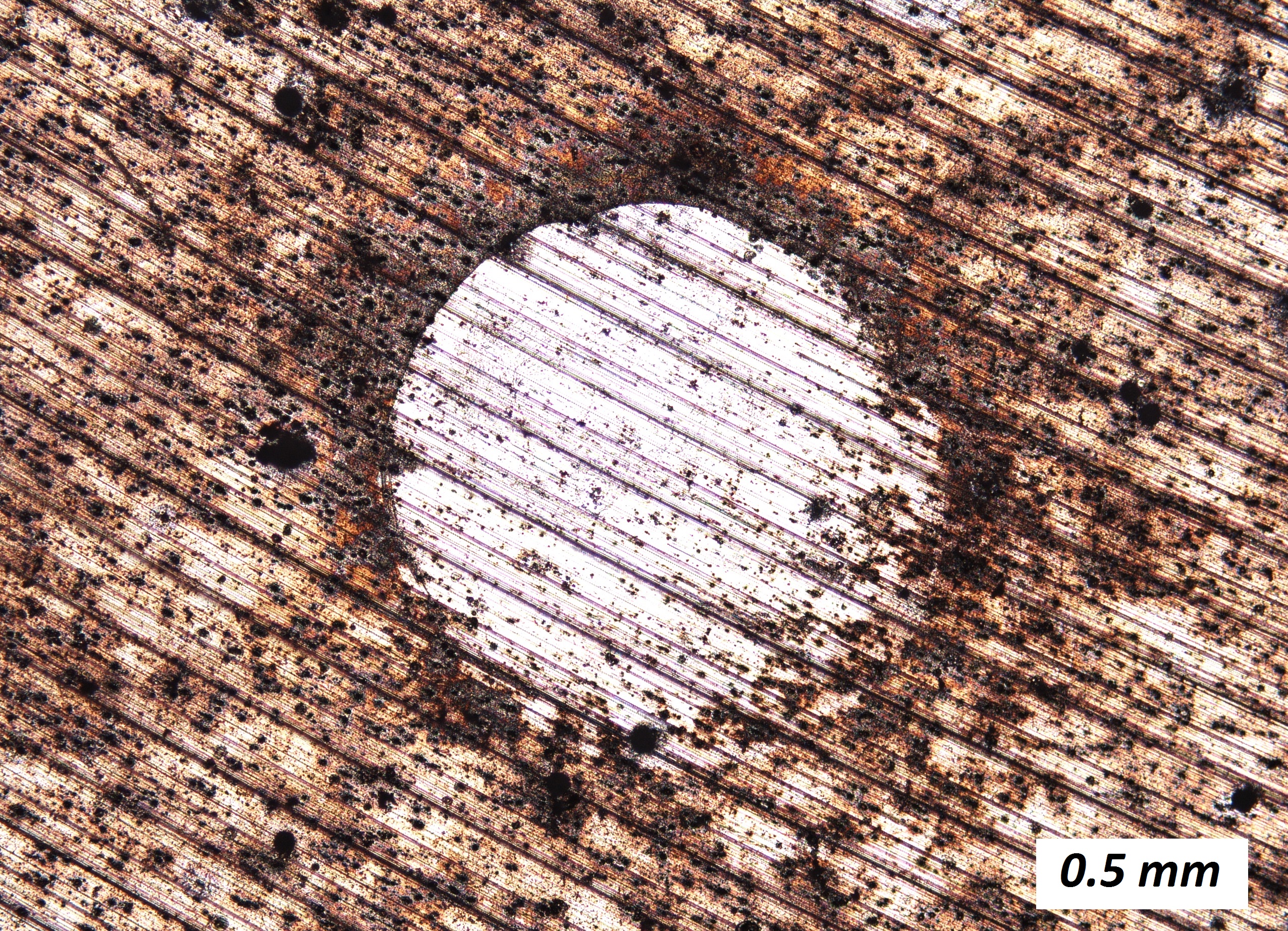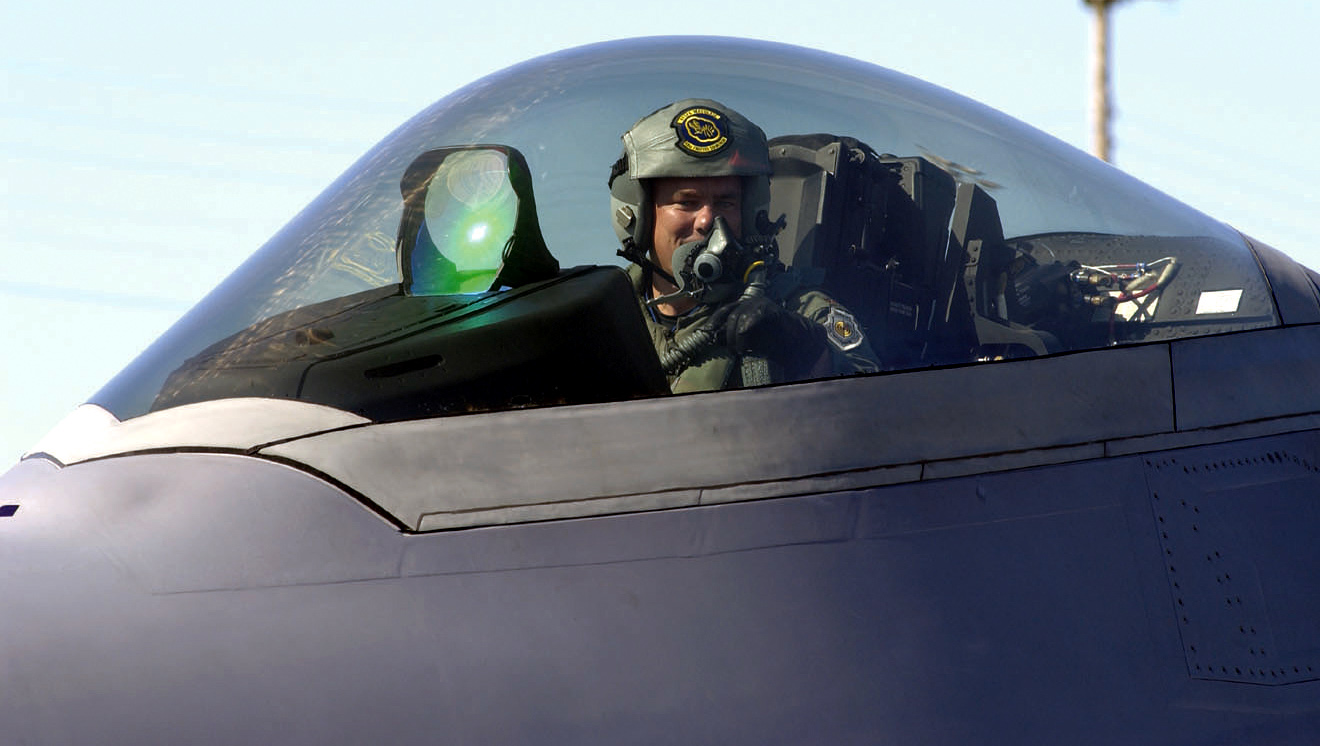|
IAR 80
The IAR 80 was a Romanian World War II low-wing monoplane, all-metal monocoque fighter and ground-attack aircraft. When it first flew, in 1939, it was comparable to contemporary designs being deployed by the airforces of the most advanced military powers such as the Hawker Hurricane and Bf 109E. Production problems and lack of available armament delayed entry of the IAR 80 into service until 1941. It remained in frontline use until the end of the war. Development In order to ensure that the Royal Romanian Air Force (''ARR'') could continue to be supplied with aircraft in time of war, the government subsidized the creation of three major aircraft manufacturers in the 1920s and 1930s. The first was Societatea Pentru Exploatări Tehnice (SET) which was formed in Bucharest in 1923. Next came Industria Aeronautică Română (IAR) which set up shop in Brașov in 1925. Finally there was Întreprinderea de Construcții Aeronautice Românești (ICAR), which was found ... [...More Info...] [...Related Items...] OR: [Wikipedia] [Google] [Baidu] [Amazon] |
Industria Aeronautică Română
Industria Aeronautică Română (IAR) (now IAR S.A. Brașov), or Romanian Aeronautic Industry in English, is a Romanian aerospace manufacturer. It is based in Ghimbav, near Brașov, Romania. IAR was founded in 1925 with the aid of the Romanian government, which sought to reduce reliance on foreign companies to supply the Royal Romanian Air Force with aircraft and associated equipment. In addition to its designs, the company built numerous foreign-designed aircraft licensed production, under license as well. IAR produced a low-wing all-metal monoplane, the IAR 80, during the Second World War; this combat aircraft was extensively used by the nation during the conflict. During the Cold War era, the company branched out into helicopters, securing licensing agreements with France for their designs in the field, leading to the IAR 316 and IAR 330. In 2000, IAR partnered with the multinational helicopter manufacturer Eurocopter, Eurocopter Group to create the ''Eurocopter Romania'' joint ... [...More Info...] [...Related Items...] OR: [Wikipedia] [Google] [Baidu] [Amazon] |
Gnome-Rhône Mistral Major
The Gnome-Rhône 14K ''Mistral Major'' was a 14-cylinder, two-row, air-cooled radial engine. It was Gnome-Rhône's major aircraft engine prior to World War II, and matured into a highly sought-after design that would see licensed production throughout Europe and Japan. Thousands of Mistral Major engines were produced, used on a wide variety of aircraft. Design and development In 1922 Gnome-Rhône purchased a license for the highly successful nine-cylinder single-row Bristol Jupiter radial engine and produced it until about 1930, alongside the smaller five-cylinder Bristol Titan. Starting in 1926, however, they used the basic design of the Titan to produce a family of new single-row radial engines, the so-called "K series". With increasing numbers of cylinders, these started with the 5K Titan, followed by the 7K Titan Major and 9K Mistral. By 1930, 6,000 of these engines had been delivered. However, the aircraft industry at that time was rapidly evolving and producing much la ... [...More Info...] [...Related Items...] OR: [Wikipedia] [Google] [Baidu] [Amazon] |
Reflector Sight
A reflector sight or reflex sight is an optical sight that allows the user to look through a partially reflecting glass element and see an aiming point or some image (helping to aim the device, to which the sight is attached, on the target) superimposed on the field of view. These sights work on the simple optical principle that anything (such as an illuminated reticle) at the focus of a lens or curved mirror will appear to be sitting in front of the viewer at infinity. Reflector sights employ some form of "reflector" to allow the viewer to see the infinity image and the field of view at the same time, either by bouncing the image created by lens off a slanted glass plate, or by using a mostly clear curved glass reflector that images the reticle while the viewer looks through the reflector. Since the reticle image is at infinity, it stays in alignment with the device to which the sight is attached regardless of the viewer's eye position to the sight, removing most of the parallax ... [...More Info...] [...Related Items...] OR: [Wikipedia] [Google] [Baidu] [Amazon] |
Goerz (company)
C. P. Goerz was founded in 1886 by Carl Paul Goerz. Originally, it made geometrical drawing instruments for schools. From 1888 it made cameras and photographic lenses. During the World War I, First World War, Goerz's main production was for the German and Austrian military. Goerz is known primarily for Anschütz strut-folding cameras, Dagor and Tengor lenses, Tenax cameras (later continued by Zeiss Ikon) and Minicord subminiature cameras. C. P. Goerz also made a series of telescopic sights for sporting rifles that saw some use during the shortage of military sniping rifles experienced during the early stages of the trench warfare that was to characterise much of the First World War. In 1895 Goerz founded a branch in New York that was to become the C. P. Goerz American Optical Company in 1905. This company continued to operate independently in the USA until 1972. In 1908, Goerz Photochemisches Werk GmbH was founded in Zehlendorf, Berlin. This company produced roll film and film ... [...More Info...] [...Related Items...] OR: [Wikipedia] [Google] [Baidu] [Amazon] |
Iron Sights
Iron sights are a system of physical alignment markers used as a sighting device to assist the accurate aiming of ranged weapons such as firearms, airguns, crossbows, and bows, or less commonly as a primitive finder sight for optical telescopes. Iron sights, which are typically made of metal, are the earliest and simplest type of sighting device. Since iron sights neither magnify nor illuminate the target, they rely completely on the viewer's naked eye and the available light by which the target is visible. In this respect, iron sights are distinctly different from optical sight designs that employ optical manipulation or active illumination, such as telescopic sights, reflector (reflex) sights, holographic sights, and laser sights. Iron sights are typically composed of two components mounted perpendicularly above the weapon's bore axis: a 'rear sight' nearer (or 'proximal') to the shooter's eye, and a 'front sight' farther forward (or 'distal') near the muzzle. During ... [...More Info...] [...Related Items...] OR: [Wikipedia] [Google] [Baidu] [Amazon] |
Savoia-Marchetti SM
SIAI-Marchetti was an Italian aircraft manufacturer primarily active during the interwar period. History The original company was founded during 1915 as SIAI (''Società Idrovolanti Alta Italia'' – Seaplane Company of Upper Italy). As suggested by its name, the firm initially specialised in the manufacture of seaplanes, the vast majority of which were intended for the Italian armed forces. Perhaps its most prominent early aircraft was the SIAI S.16, a seaplane that had been configured to perform both aerial reconnaissance and bomber roles, but also proved itself quite capable of long-distance flights. During 1925, Italian aviator Francesco de Pinedo of the ''Regia Aeronautica'' (Italian Royal Air Force) used an SIAI S.16''ter'' he named ''Genariello'' for a record-setting flight from Rome to Australia and Tokyo to demonstrate his idea that seaplanes were superior to landplanes for long-distance flights. Having departed Rome on 21 April, Pinedo and his mechanic, Ernesto Campane ... [...More Info...] [...Related Items...] OR: [Wikipedia] [Google] [Baidu] [Amazon] |
Urban Legend
Urban legend (sometimes modern legend, urban myth, or simply legend) is a genre of folklore concerning stories about an unusual (usually scary) or humorous event that many people believe to be true but largely are not. These legends can be entertaining but often concern mysterious peril or troubling events, such as disappearances and strange objects or entities. Urban legends may confirm moral standards, reflect prejudices, or be a way to make sense of societal anxieties. In the past, urban legends were most often circulated orally, at gatherings and around the Campfire story, campfire for instance. Now, they can be spread by any media, including newspapers, mobile news apps, e-mail, and most often, social media. Some urban legends have passed through the years/decades with only minor changes, in where the time period takes place. Generic urban legends are often altered to suit regional variations, but the lesson or moral generally remains the same. Origin and structure Th ... [...More Info...] [...Related Items...] OR: [Wikipedia] [Google] [Baidu] [Amazon] |
Duralumin
Duralumin (also called duraluminum, duraluminium, duralum, dural(l)ium, or dural) is a trade name for one of the earliest types of age hardening, age-hardenable aluminium–copper alloys. The term is a combination of ''Düren'' and ''aluminium'' . Its use as a trade name is obsolete. Today the term mainly refers to aluminium-copper alloys, designated as the 2000 series by the international alloy designation system (IADS), as with 2014 aluminium alloy, 2014 and 2024 aluminium alloy, 2024 alloys used in airframe fabrication. Duralumin was developed in 1909 in Germany. Duralumin is known for its strength and hardness, making it suitable for various applications, especially in the aviation and aerospace industry. However, it is susceptible to corrosion, which can be mitigated by using alclad-duralum materials. History Duralumin was developed by the German metallurgist Alfred Wilm at private military-industrial laboratory (Center for Scientific-Technical Research) in Neubabelsberg ... [...More Info...] [...Related Items...] OR: [Wikipedia] [Google] [Baidu] [Amazon] |
Canopy (aircraft)
An aircraft canopy is the transparent enclosure over the cockpit of some types of aircraft. An aircraft canopy provides a controlled and sometimes Cabin pressurization, pressurized environment for the aircraft's occupants, and allows for a greater field of view over a traditional flight deck. A canopy's shape is a compromise designed to minimize aerodynamic drag, while maximizing visibility for Aircraft pilot, pilots and other crewmembers. History Very early aircraft had no canopies. The pilots were exposed to the wind and weather, although most flying was done in good weather. Through World War I most aircraft had no canopy, although they often had a small windshield to deflect the prop wash and wind from hitting the pilot in the face. In the 1920s and 1930s, the increasing speed and altitude of airplanes necessitated a fully enclosed cockpit and canopies became more common. Early canopies were made of numerous pieces of flat glass held in position by a frame and muntins. ... [...More Info...] [...Related Items...] OR: [Wikipedia] [Google] [Baidu] [Amazon] |
Aileron
An aileron (French for "little wing" or "fin") is a hinged flight control surface usually forming part of the trailing edge of each wing of a fixed-wing aircraft. Ailerons are used in pairs to control the aircraft in roll (or movement around the aircraft's longitudinal axis), which normally results in a change in flight path due to the tilting of the lift vector. Movement around this axis is called rolling or banking. Considerable controversy exists over credit for the invention of the aileron. The Wright brothers and Glenn Curtiss fought a years-long legal battle over the Wright patent of 1906, which described a method of wing-warping to achieve lateral control. The brothers prevailed in several court decisions which found that Curtiss's use of ailerons violated the Wright patent. Ultimately, the First World War compelled the U.S. Government to legislate a legal resolution. A much earlier aileron concept was patented in 1868 by British scientist Matthew Piers Watt Boul ... [...More Info...] [...Related Items...] OR: [Wikipedia] [Google] [Baidu] [Amazon] |
Fuselage
The fuselage (; from the French language, French ''fuselé'' "spindle-shaped") is an aircraft's main body section. It holds Aircrew, crew, passengers, or cargo. In single-engine aircraft, it will usually contain an Aircraft engine, engine as well, although in some amphibious aircraft the single engine is mounted on a hardpoint, pylon attached to the fuselage, which in turn is used as a floating Hull (watercraft), hull. The fuselage also serves to position the Flight control surfaces, control and Stabilizer (aeronautics), stabilization surfaces in specific relationships to Wing, lifting surfaces, which is required for aircraft stability and maneuverability. Types of structures Truss structure This type of structure is still in use in many lightweight aircraft using welding, welded steel tube trusses. A box truss fuselage structure can also be built out of wood—often covered with plywood. Simple box structures may be rounded by the addition of supported lightweight strin ... [...More Info...] [...Related Items...] OR: [Wikipedia] [Google] [Baidu] [Amazon] |
IAR 80, Side View
IAR may refer to: *IAR Systems, an embedded system technology company *The Institute of Audio Research *The Institute of Asian Research, an institute under the Faculty of Arts in the University of British Columbia, Vancouver, BC, Canada *"Ignore all rules", a policy on Wikipedia *Industria Aeronautică Română (IAR Braşov), an aerospace manufacturer *M27 Infantry Automatic Rifle, the primary service rifle/automatic rifle issued to U.S. Marine Corps infantry units *Institute of Advanced Research, a private university in Gujarat, India *Instruction address register, an alternative name for the program counter CPU register *International Authority for the Ruhr, an organization in control of the industry in the Ruhr area from 1949 to 1952 *International Affairs Review, an academic journal in the field of international affairs *Informacyjna Agencja Radiowa, a Polish news agency *The IATA code for the Tunoshna Ai ... [...More Info...] [...Related Items...] OR: [Wikipedia] [Google] [Baidu] [Amazon] |


